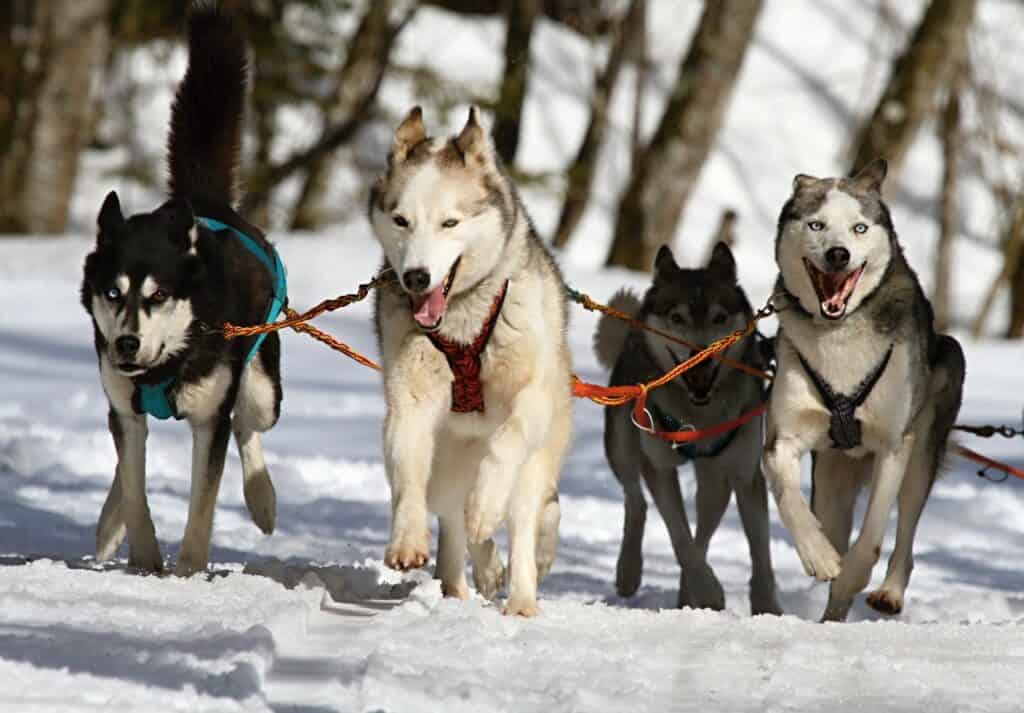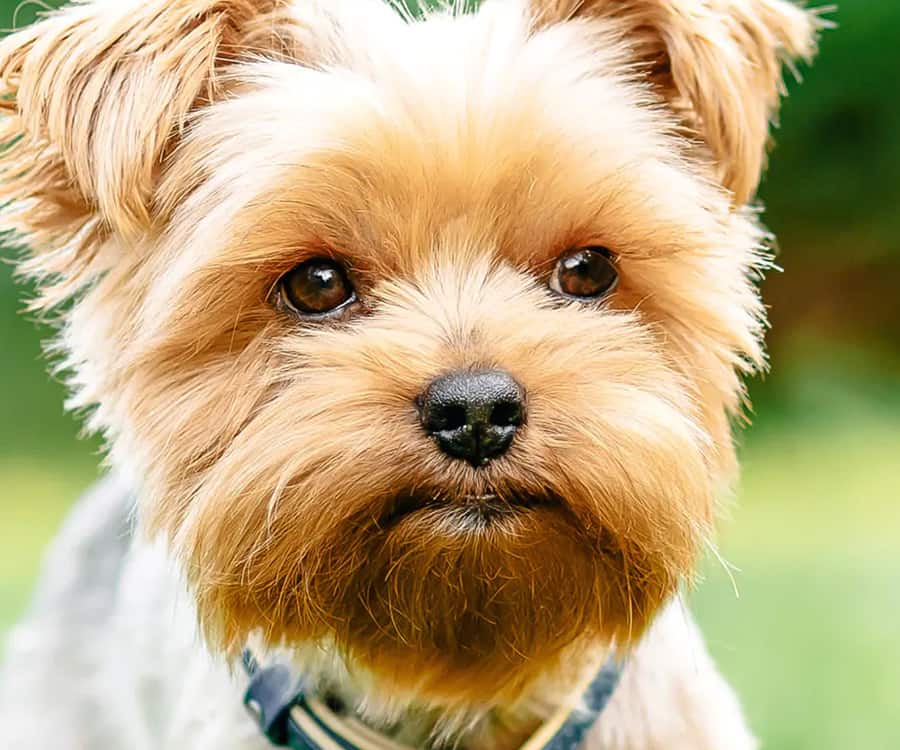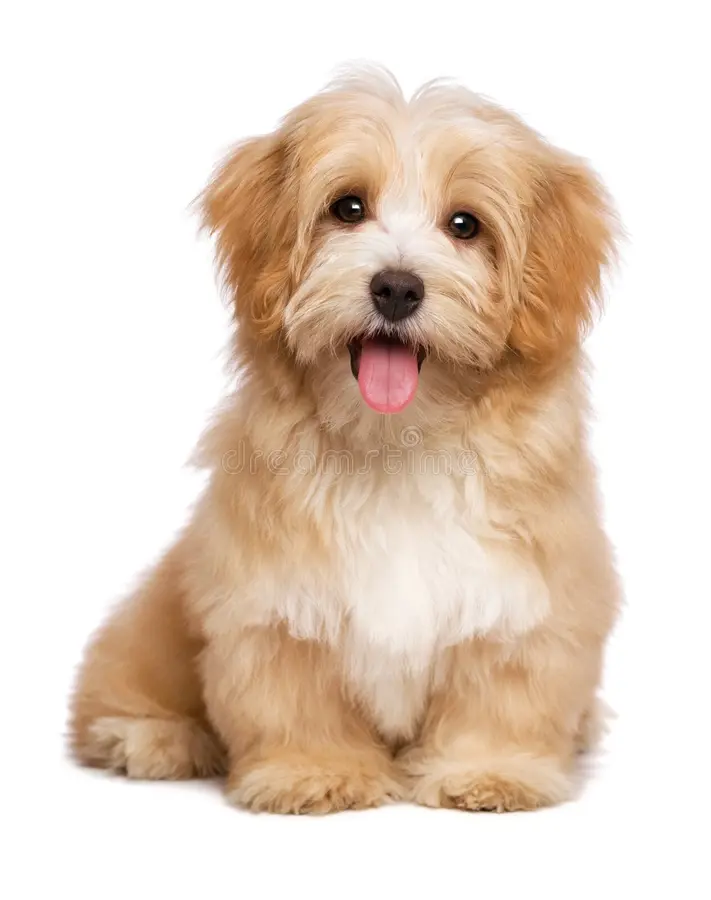The Siberian Husky is a stunning, intelligent, and agile dog that has captured the hearts of many around the world. Famous for its endurance and beautiful wolf-like appearance, this breed brings joy, companionship, and adventure to those who choose it as their pet. Let’s take a deep dive into the world of this incredible breed, exploring its characteristics, scientific background, history, and what makes it such a cherished companion.
1. Introduction
The Siberian Husky is a medium-sized working dog known for its striking appearance and stamina. Originally bred to pull sleds over long distances in harsh Arctic environments, the Husky is incredibly resilient and hardworking. They have a lively personality and are known for being affectionate yet independent, making them a great companion for families and active individuals alike. Siberian Huskies are often recognized for their icy blue eyes and thick, plush coat, which serves them well in cold climates. However, these dogs aren’t just beautiful—they’re also intelligent, social, and full of energy.
2. Scientific Insights of the Siberian Husky
Cognitive Abilities and Intelligence
Siberian Huskies are highly intelligent dogs with a strong ability to learn and problem-solve. Studies have shown that they are capable of understanding human gestures and communication, making them easy to train for tasks such as sled pulling and search and rescue. In fact, research has demonstrated that Huskies can effectively learn new tasks by observing other dogs, which showcases their impressive cognitive flexibility.
Detection Skills and Olfactory Research
Huskies possess a keen sense of smell, which is a trait inherited from their ancestors who used this skill to navigate harsh terrains. While they are not typically used as scent-detection dogs, their olfactory capabilities have been researched and show potential for specialized roles, particularly in search and rescue missions in cold environments. In colder climates, a dog’s olfactory receptors can be crucial for detecting hidden objects or people.
Behavioral Genetics and Temperament
The temperament of a Siberian Husky is influenced by its genetic background. Research in behavioral genetics has highlighted how selective breeding of Huskies for working in extreme environments has shaped their friendly, yet independent nature. These dogs are known to be social, both with humans and other dogs, but they also have a degree of stubbornness, a trait often associated with working breeds. This independence is thought to be a survival mechanism developed from years of working in harsh conditions where decisiveness was key.
Role in Medical Therapy and Assistance
While Huskies are not commonly seen as therapy or assistance dogs, there have been several studies showcasing their positive influence on mental health. In controlled environments, interacting with Siberian Huskies has been shown to reduce anxiety and depression levels in individuals, likely due to their friendly and playful nature. Their unique ability to connect with humans emotionally may position them as a candidate for more therapy-related work in the future.
3. History and Origin
Origin of the Siberian Husky
The Siberian Husky originates from the cold, remote regions of Siberia, where the Chukchi people of Northeast Asia bred them as working dogs. These dogs were primarily used for pulling sleds over long distances in extreme conditions, where their stamina and ability to conserve energy were highly valued. Huskies were an essential part of life for the Chukchi, assisting in hunting, transport, and survival.
Historical Roles and Significance
Over time, Siberian Huskies were introduced to North America, where they gained fame during the early 20th century as sled dogs in the infamous “Serum Run” to Nome, Alaska. In this heroic event, Huskies were used to transport life-saving diphtheria antitoxin to remote areas in Alaska, showcasing their endurance and reliability. Since then, Huskies have continued to excel in sled dog racing and have gained popularity as pets for their loyalty and striking looks.
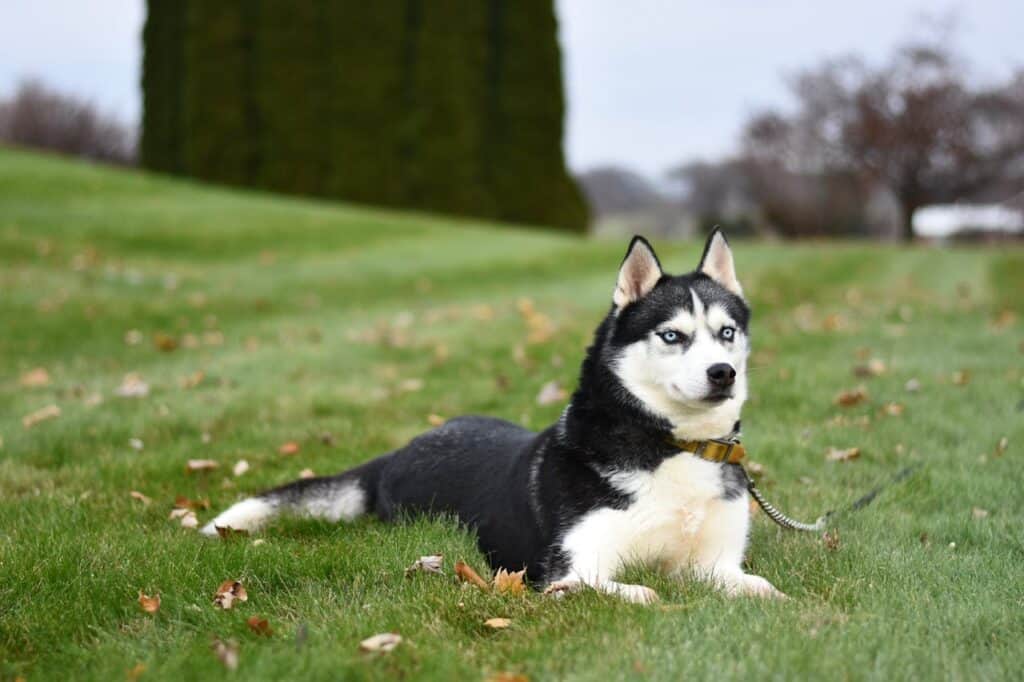
4. Physical Characteristics
Size and Weight of the Siberian Husky
Siberian Huskies are medium-sized dogs with males typically weighing between 45 to 60 pounds (20 to 27 kg) and females weighing slightly less at 35 to 50 pounds (16 to 23 kg). Despite their muscular build, they are agile and light on their feet, which helps them move quickly and efficiently across snow and ice.
Coat Type and Color
One of the most recognizable features of the Siberian Husky is its thick double coat, which helps it stay warm in extremely cold conditions. The coat comes in a variety of colors, including black, white, gray, and red. Many Huskies have unique markings on their face, often referred to as a “mask,” which only adds to their striking appearance.
Distinctive Features
Beyond their beautiful coats, Siberian Huskies are known for their wolf-like appearance. They have erect triangular ears, almond-shaped eyes (which can be blue, brown, or a mix of both), and a bushy tail that curls over their back when they are relaxed. Their tails often serve as a blanket, which they use to cover their faces while sleeping in cold environments.
Speed and Agility
Siberian Huskies are remarkably fast and agile dogs, capable of reaching speeds up to 28 mph (45 km/h) over short distances. Their agility, combined with their endurance, allows them to run long distances at a consistent pace, making them exceptional sled dogs.
5. Types of Siberian Huskies
Show Line vs. Working Line
There are two primary types of Siberian Huskies: show line and working line. Show line Huskies are bred for their appearance and often have more refined features, such as a thicker coat and slightly shorter legs. On the other hand, working line Huskies are bred for performance and stamina, meaning they are often leaner, with a more athletic build.
Coat Variations
While the standard Siberian Husky has a medium-length double coat, there are some variations within the breed. Some Huskies have longer coats, referred to as “wooly Huskies,” which can be more challenging to groom but offer extra protection in cold climates.
6. Temperament and Personality
General Behavior and Traits of the Siberian Husky
Siberian Huskies are known for their outgoing, friendly nature. They are incredibly social dogs and thrive on interaction with both humans and other dogs. While they are affectionate, they also have a sense of independence that can sometimes come across as stubbornness. This is particularly evident when they are asked to do something they don’t want to do, making training a bit of a challenge.
Interaction with Family, Children, and Other Pets
Huskies generally do well in families, especially with active members who can keep up with their energy levels. They are known to be good with children, but because of their high energy and sometimes overwhelming playfulness, supervision is recommended when they are around small children. In terms of other pets, Huskies can get along with dogs, but their prey drive can make them less suited to homes with smaller animals like cats or rabbits.
Socialization Needs
Socialization is critical for Huskies, particularly when they are young. Exposure to different environments, people, and animals helps them become well-rounded adults. Without proper socialization, a Husky may develop behavioral issues such as anxiety or aggression, especially towards other animals.
7. Health and Common Diseases
Typical Lifespan of the Siberian Husky
Siberian Huskies are relatively healthy dogs with a lifespan ranging from 12 to 14 years. With proper care, exercise, and a healthy diet, some Huskies can even live longer. Regular vet check-ups are important to monitor their health and catch any issues early.
Common Health Issues and Genetic Conditions
Huskies are prone to certain health issues, many of which are genetic. One of the most common conditions in the breed is hip dysplasia, a condition that affects the hip joint and can lead to arthritis. Another health concern is progressive retinal atrophy (PRA), an inherited condition that causes blindness. It’s essential to get your Husky from a reputable breeder who tests for these genetic conditions to minimize the risk.
8. Care and Grooming
Grooming Needs of the Siberian Husky
Siberian Huskies are known for their thick coats, which require regular grooming. While they do not have the same grooming needs as some long-haired breeds, they do shed significantly, especially during shedding seasons, which happen twice a year. Brushing their coat several times a week can help reduce shedding and keep their coat healthy. Additionally, regular nail trimming and ear cleaning are necessary to avoid infections.
Exercise Requirements
Huskies are an incredibly active breed that requires a high level of exercise. Daily exercise is crucial for both their physical and mental well-being. Without sufficient exercise, they may become bored, leading to destructive behaviors such as chewing or digging. Activities such as running, hiking, and playing fetch are great ways to keep your Husky fit and happy.
9. Hypoallergenic Status
Unfortunately, Siberian Huskies are not considered hypoallergenic. They shed a significant amount of fur, especially during shedding seasons, which can trigger allergies in sensitive individuals. If you have pet allergies, a Husky may not be the best choice for you.
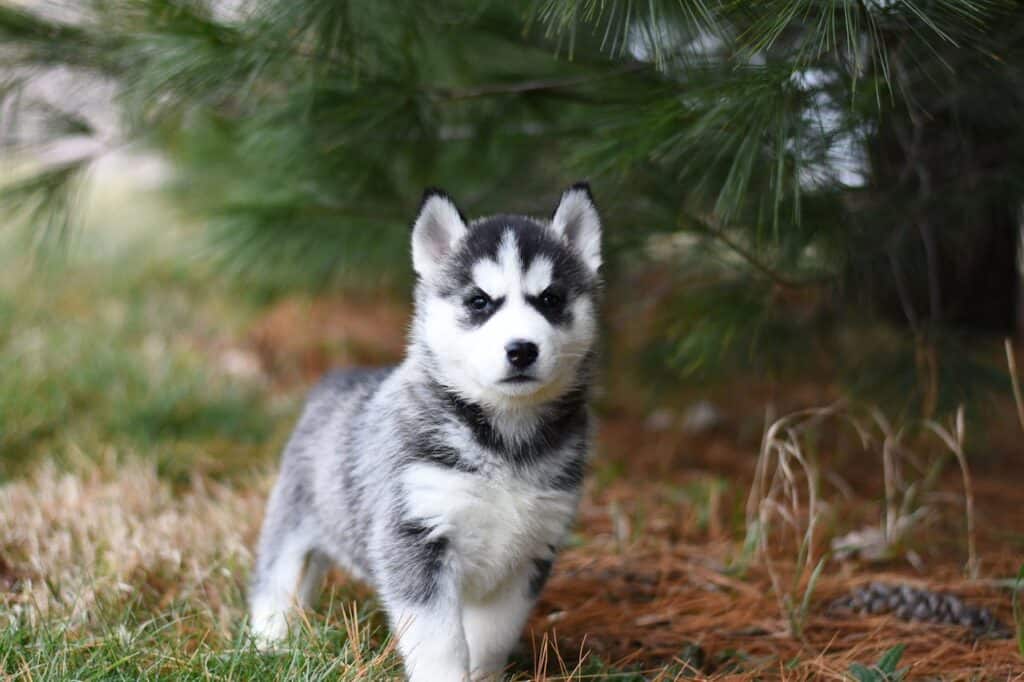
10. Nutrition Requirements
Dietary Needs of the Siberian Husky
Siberian Huskies have a relatively low food intake compared to other dogs of their size, which is likely due to their efficient metabolism. However, they still require a balanced diet rich in protein to support their energy needs. High-quality commercial dog food or a homemade diet that includes lean meats, vegetables, and healthy fats can keep your Husky healthy. Omega-3 fatty acids are particularly beneficial for maintaining their coat and skin health.
Recommended Food and Supplements
Many Husky owners choose to add supplements like glucosamine to support joint health and omega-3
fatty acids for skin and coat health. It’s essential to consult with your vet to determine the best diet and supplements for your individual dog.
11. Training and Obedience
Trainability of the Siberian Husky
Training a Siberian Husky can be challenging due to their independent nature. They are highly intelligent but can be stubborn, making consistency and patience key in training. Positive reinforcement methods, such as treats and praise, work best with Huskies. They respond well to structured training sessions that keep them mentally stimulated.
Common Training Techniques
Basic obedience training should begin early with a focus on commands like “sit,” “stay,” and “come.” Huskies have a natural prey drive, so teaching recall is particularly important, especially if they are allowed off-leash. Crate training is also highly recommended to provide them with a safe space and prevent destructive behaviors when left alone.
Tips for Successful Training
Consistency is the most important aspect of training a Siberian Husky. Setting clear boundaries and rewarding good behavior will help them understand what is expected. Keeping training sessions short and engaging will also prevent them from becoming bored or frustrated.
12. Work and Activities
Activities or Jobs That the Siberian Husky Excels In
Siberian Huskies excel in activities that tap into their natural instincts, such as sled pulling and skijoring. These dogs are bred to work, so engaging them in physically demanding activities keeps them happy. In addition to sledding, they perform well in agility competitions and other canine sports like obedience trials.
Examples of Competitive Sports, Therapy Work, and Search and Rescue
In competitive sports, Huskies have a reputation for excelling in sled races and weight-pulling competitions. Although not typically used for therapy work, some Huskies have been successfully trained as therapy dogs due to their friendly and outgoing nature. Their keen sense of smell also makes them suitable for search and rescue missions in cold environments.
13. Behavioral Issues
Common Behavioral Issues
Like all breeds, Siberian Huskies have their share of behavioral issues, most of which stem from boredom and lack of exercise. Destructive behaviors like chewing, digging, and escaping are common in under-exercised Huskies. Separation anxiety can also be an issue for Huskies that are left alone for long periods, as they are social dogs that thrive on companionship.
Managing and Correcting Behavioral Problems
The best way to prevent behavioral issues is by providing ample exercise and mental stimulation. If your Husky is exhibiting unwanted behaviors, redirecting their energy with toys, training sessions, or puzzle games can help. Crate training and positive reinforcement techniques are also effective in managing behavioral problems.
14. Ideal Owners and Families
Type of Owners Best Suited for the Siberian Husky
Siberian Huskies are best suited for active individuals or families who can meet their exercise and socialization needs. They are not ideal for first-time dog owners due to their strong-willed nature and need for consistent training. However, with the right amount of care and attention, they can make wonderful companions for people who lead an active lifestyle.
Compatibility with Families, Singles, and Older People
Huskies are generally friendly and get along well with families, children, and even other dogs. However, their high energy levels and playfulness can sometimes be overwhelming for small children or older people. They do best in homes where they have plenty of space to run and play, so apartment living may not be the most suitable environment for them.
Living Conditions
Huskies are highly adaptable, but they thrive in environments where they have room to exercise and explore. They are well-suited to cold climates due to their thick coats but can adapt to warmer environments if provided with plenty of water and shade. While they can live in homes with smaller yards, they need regular access to open spaces for exercise.
15. Adaptability
Adaptability to Different Environments
Siberian Huskies are adaptable dogs that can thrive in various environments, provided they receive enough exercise and mental stimulation. However, they are best suited to homes with access to large outdoor spaces where they can run freely. In warmer climates, it’s essential to keep them cool and hydrated, as their thick coat makes them prone to overheating.
Adjustments to Lifestyle Changes
Huskies can adapt to changes in routine, but they require consistency in terms of exercise and socialization. They do best in environments where they have a clear daily routine and regular opportunities for physical activity. If you’re considering bringing a Husky into your home, it’s essential to make sure your lifestyle can accommodate their active and social needs.
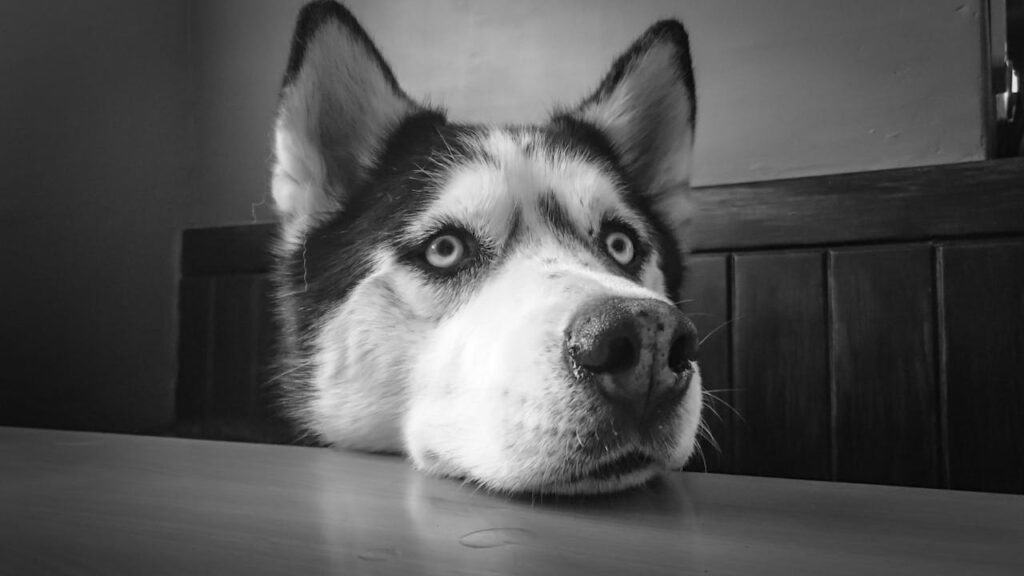
16. Famous Siberian Huskies
Siberian Huskies have been featured in movies, books, and even history. One of the most famous Huskies is Balto, the sled dog who led the final leg of the 1925 serum run to Nome, Alaska, saving countless lives. His heroic journey was later immortalized in a popular animated movie. Huskies are also popular in dog sledding competitions, and many notable mushers have relied on their strength and endurance to achieve victory in races such as the Iditarod.
17. Summary
In summary, the Siberian Husky is a versatile, energetic, and intelligent breed that has captivated people for generations. With a rich history rooted in the cold tundras of Siberia, these dogs are well-known for their endurance, agility, and social nature. They have distinct physical traits, such as their thick double coat, wolf-like appearance, and vibrant eyes, making them easily recognizable. While they are loving and friendly, Huskies can be independent and sometimes stubborn, requiring a strong, consistent hand in training. Proper care, grooming, and exercise are essential to keeping this active breed happy and healthy. With their long lifespan and relatively few genetic health concerns, they make excellent companions for active individuals and families. However, potential owners must be prepared for their high energy levels, shedding, and need for socialization. If you’re looking for an adventurous, loyal companion, the Siberian Husky may just be the perfect fit.
This article is brought to you by Our World of Dogs. Explore more dog breeds and find out how our dog boarding services can benefit your furry friend!

